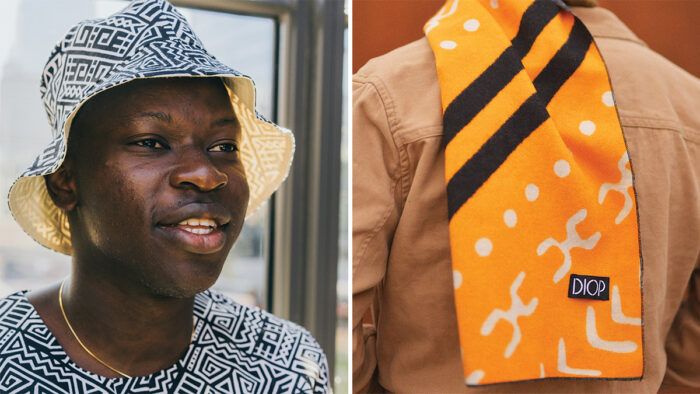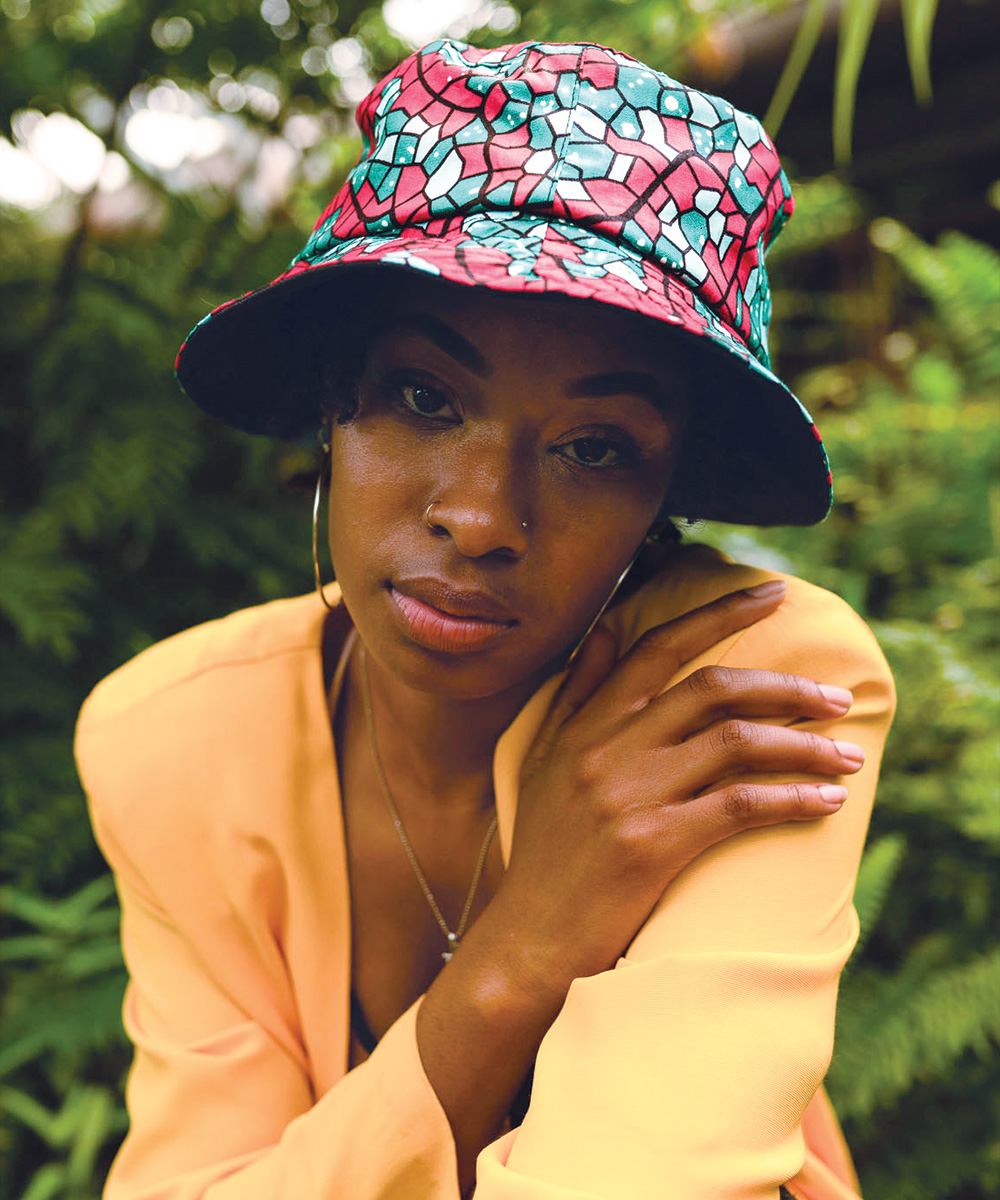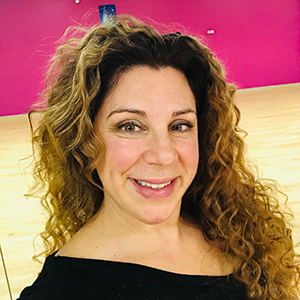Mapate Diop’s Streetwear Celebrates West African Heritage
Designed to celebrate diversity, the fashion label also promotes inclusivity
Mapate Diop has an appreciation for African textiles that reaches back to his early childhood. His mother would return from visits to her home country of Nigeria with bolts of ankara fabric, the boldly colored and patterned wax prints traditional to West Africa. She would also seek out the textiles from small shops in New York City, where they lived. Transformed into shirts and garments that Mapate’s mother could not purchase elsewhere, the fabrics connected Mapate to his heritage. He recognized early on that these garments enabled him to celebrate his identity.
In 2018, Mapate cofounded Diop, a Detroit-based fashion label, with friend Evan Fried. The company makes garments and accessories in traditional African prints and shares the stories of those who wear them. A self-described African diaspora-inspired streetwear company, Diop offers wax-print shirts inspired by those Mapate wore through his youth, plus shorts, swim trunks, bags, hats, scarves, masks, and more.
At WearDIOP.com, where you can discover and purchase items, there is information that addresses cultural appropriation as well as messages that promote inclusivity. The company has created the Diop Circle, an online series that provides community stories written by customers. The narratives showcase the diverse range of people who are excited about Diop products and about the company’s ethos.
“We often say it’s not the clothes that matter, but how they make you feel, and what you do in them,” Mapate says.
Threads: Growing up in New York City, how much of your identity felt connected to Africa?
Mapate Diop: My mom, who is a college professor, would travel to West Africa and buy fabric to bring home. She always took it to a tailor who made custom garments that we would wear. I would wear shirts made like this pretty often. Wearing something that showed where I was from made me feel special.
TH: Was there a light bulb moment in the creation of Diop?
MD: After college, I joined a fellowship program called Venture for America (VFA) where recent graduates work at start-ups and emerging businesses. My friend Evan (Fried), who was also a VFA fellow, came up to me at a barbecue and asked where I got the shirt I was wearing. I was wearing one of these shirts my Mom had gotten made and Evan inquired if there was a way to make it ourselves. That’s as close to an aha
moment as there was, but we weren’t sure we had an item we could sell as a product, much less a business. After six months of making prototypes, we launched a crowdfunding campaign after the recommendation of another friend.
TH: How did you decide to base the business in Detroit?

MD: With the success of the crowdfunding campaign, we left our jobs and moved to Detroit to join a start-up accelerator that is based there. We launched our first collection on September 20, 2018, and just wrapped up our fifth.
TH: How big is the Diop team?
MD: Eighteen months ago, it was just my cofounder, Evan, and me. Today, we have four full-time employees, three part-time employees, and two interns. We work with manufacturers both domestically and abroad, where most of the sewing takes place, to produce our goods.
TH: Where do you source the fabrics you use?
MD: We work with wholesalers to engage different wax-print suppliers around the world. However, we also work with new materials as we broaden our range of goods.
TH: Do you have any specific care tips to keep wax prints colorfast and avoid shrinkage?
MD: We typically recommend washing with like colors in cold water and hang drying. Above all, we advise against tumble drying as it can cause shrinkage.
TH: Tell us about the Diop Circle, your online platform encouraging inclusivity.
MD: The brand reflects the world our customers live in. In addition to products that fit their lifestyle, it’s important that they see and hear themselves. We share their concerns, interests, and priorities because we believe each of them is on a journey and we’re right there with them.
 |
 |
TH: What is the process of creating the Diop Circle community stories?
MD: The stories are written by the authors themselves, with editing from us. One of the things we learned during our interviews with our early customers was that it wasn’t just important that people see themselves in our products but that they hear themselves in our brand. We thought, what better way than to work with our friends and family, customers and partners, giving them the opportunity to share what is meaningful to them? Every week, we turn over our social media to a member of our community to tell a story. We accept any and every contribution, but they typically tend to center around the author and their experiences.
TH: What are you excited about for Diop’s future?
MD: The future of Diop will mean more products that allow people to feel like the most true assertion of themselves, no matter what space they enter. The brand will reflect the world they live in, no matter their lifestyle. We want everyone to feel like they can create their own lane or feel good about the one they’re in, and we’ll continue to build for those people.
Sarah Opdahl is a Connecticut-based writer and editor.
































Log in or create an account to post a comment.
Sign up Log in